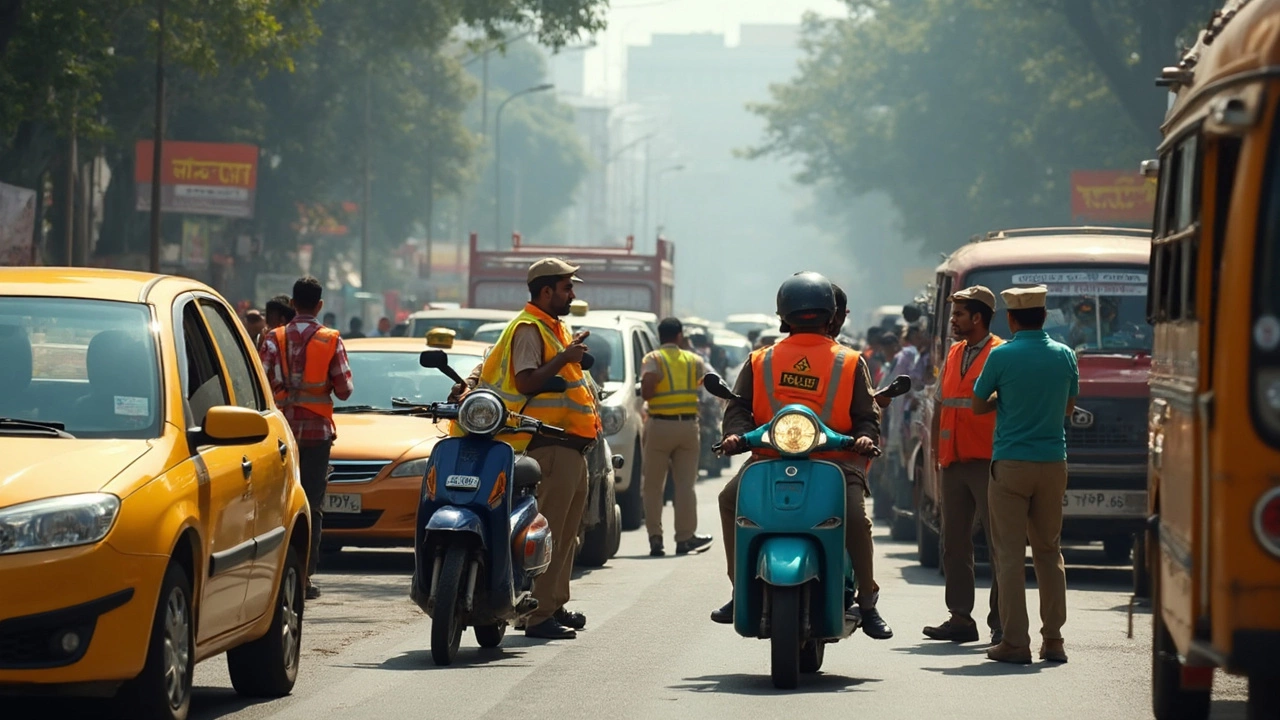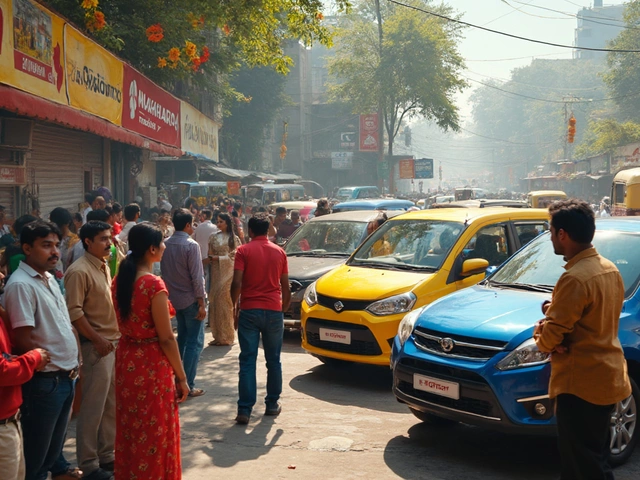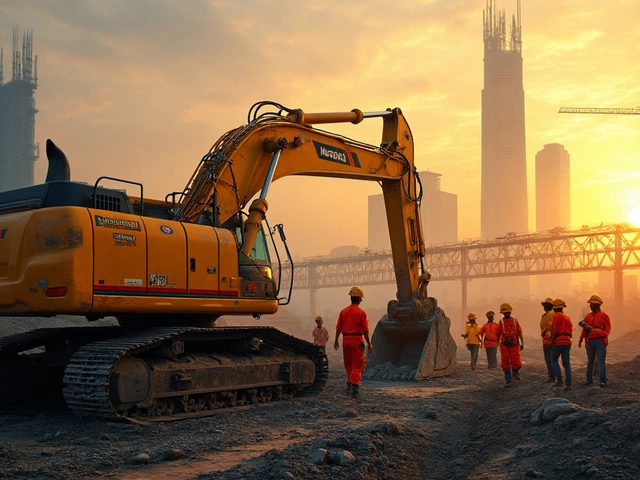BS6 Engine Ban Explained
When tackling the BS6 engine ban, the Indian government's decision to stop sales of vehicles that fail Bharat Stage 6 emission limits. Also known as BS6 phase‑out, it forces manufacturers to rethink engine design, fuel quality, and after‑market support.
The ban is rooted in Bharat Stage 6 emission standards, a set of rules that tighten permissible pollutants like NOx, CO, and particulates for both diesel and petrol engines. These rules replace the older BS4 regime and aim to cut urban air pollution by roughly 30 % in major Indian cities. Because of this, the BS6 engine ban directly influences the Indian automotive industry, the network of OEMs, suppliers, and dealers that builds and sells cars and two‑wheelers across the country. The industry now faces a race to retrofit plants, secure new components, and educate buyers about the benefits of cleaner engines.
Key Technologies Driving Compliance
Meeting BS6 limits isn’t just about tweaking fuel injectors; it requires a suite of emission control technologies, devices such as selective catalytic reduction (SCR), diesel particulate filters (DPF), and advanced gasoline particulate filters (GPF) that trap or neutralize harmful gases before they exit the tailpipe. Manufacturers that adopted these tools early gained a market edge, while laggards risked inventory write‑downs and warranty claims.
Another crucial factor is fuel quality. BS6 standards assume ultra‑low sulfur diesel (ULSD) and higher‑octane petrol, which reduce the chemical load on after‑treatment systems. The government’s push for cleaner fuel has spurred the expansion of new refineries and blending terminals, creating a tighter supply chain that supports the ban’s goals.
From a business perspective, the ban reshapes cost structures. Installing SCR units adds roughly $200 – $300 per vehicle, while DPFs can raise diesel model prices by 5–7 %. Yet these upfront costs are offset by lower road‑tax rates in some states, higher resale values for BS6‑compliant cars, and growing consumer demand for greener mobility.
Environmental groups point out that the ban also triggers a spill‑over effect on related sectors. For example, the scrap recycling industry, which processes end‑of‑life vehicles and extracts precious metals from catalysts, sees a surge in volume as older BS4 vehicles are retired faster than planned. This creates new jobs and revenue streams, highlighting how a regulatory move can ripple through the economy.
On the policy side, the ban aligns with India’s commitment to the Paris Agreement and its own National Clean Air Programme (NCAP). By enforcing BS6, the nation hopes to cut annual premature deaths linked to air pollution by hundreds of thousands, a metric that policy makers cite when justifying the tighter rules.
For consumers, the shift means clearer labeling and more transparent performance data. Dealerships now highlight BS6 compliance on banners, and financing offers often bundle the higher upfront cost with lower interest rates to smooth the transition.
Looking ahead, the BS6 engine ban sets the stage for upcoming electrification targets. As battery‑electric vehicles (BEVs) gain market share, the need for strict emission standards will gradually diminish, but in the meantime BS6 remains the benchmark for every new internal‑combustion engine sold in India.
Below, you’ll find a curated set of articles that dive deeper into each of these angles—whether you’re curious about how manufacturers are re‑tooling, what the latest fuel standards look like, or how the ban reshapes the broader ecosystem. Browse the collection to get practical insights, real‑world examples, and expert takeaways that will help you navigate the BS6 landscape with confidence.

Find out which engines are banned in India, what fuel types are restricted, and the effects of new emission norms on vehicles and drivers. (Read More)








